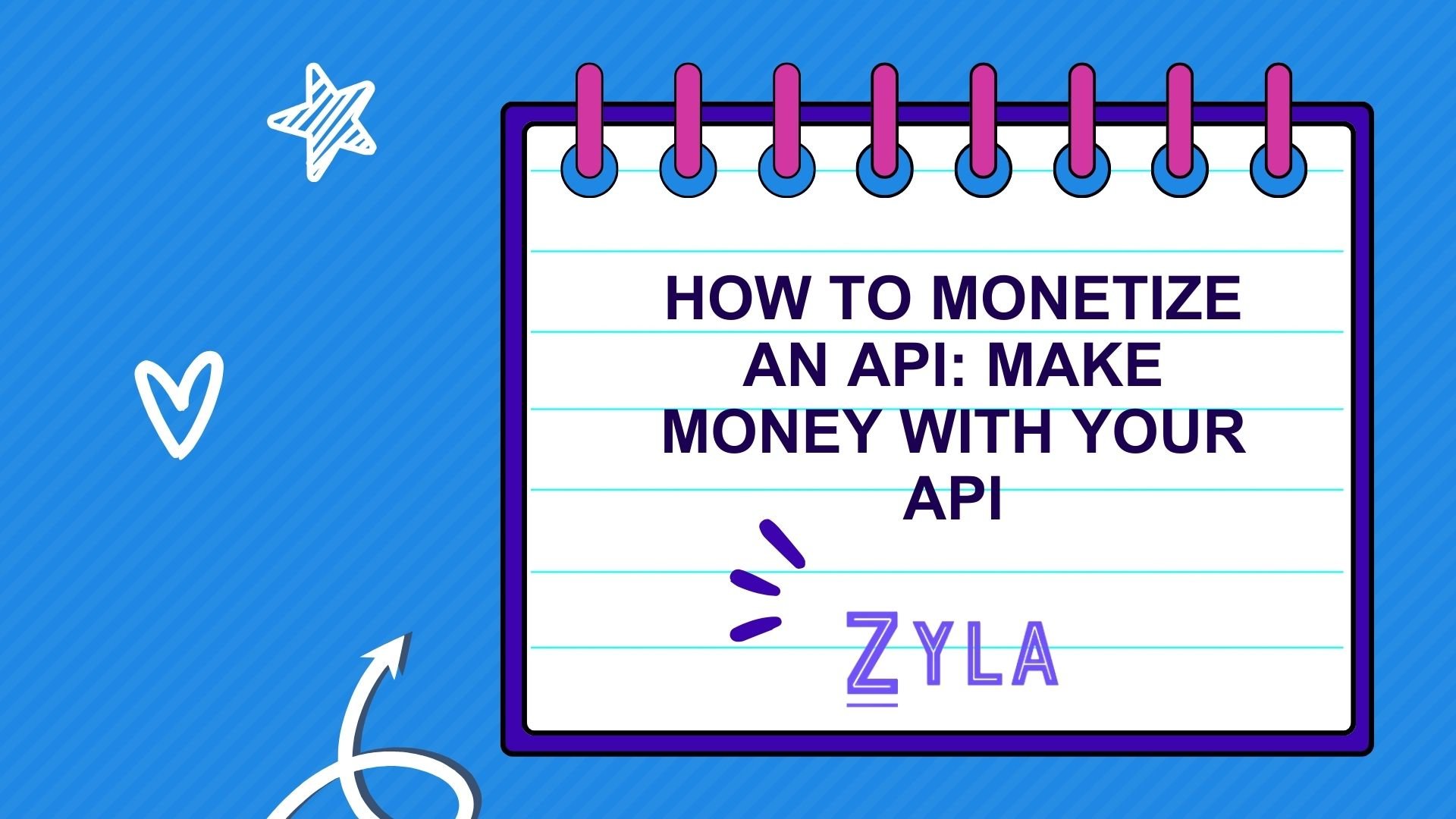How To Monetize An API: Make Money With Your API

In the digital ecosystem, API Monetization stands as a pivotal strategy for organizations looking to capitalize on their digital assets and generate revenue. Understanding How To Monetize An API is essential for businesses aiming to thrive in the ever-evolving digital economy.
Understanding How To Monetize An API And Its Definition
At its core, API Monetization is the process of making cash from APIs by providing them as API as a Service to external developers, partners, and clients. This approach has gained steam in recent years, as organizations see the usefulness of their APIs beyond internal usage. API monetization involves a variety of tactics and initiatives targeted at extracting monetary value from APIs. It entails packaging APIs in such a way that companies can sell access to them to third parties, either directly or indirectly.
Importance in the Digital Economy
In today's digital economy, APIs serve as the backbone of connectivity and innovation. They facilitate seamless integration between disparate systems, enabling businesses to streamline operations, enhance customer experiences, and drive innovation. API Monetization plays a crucial role in unlocking the full potential of APIs by transforming them from mere tools into revenue-generating assets.
Once the target audience has been identified, organizations must tailor their API Monetization strategies to align with user needs and preferences. This may involve offering customizable pricing plans, bundling complementary services, or providing personalized support options to enhance the overall customer experience.
Zyla API Hub
It was created after realizing that developers encounter similar challenges while integrating many APIs into their projects. They propose resolving these concerns by creating an API hub that consists of a single account, API key, and SDK. Its purpose is to provide developers with tools that make their work easier, allowing them to focus on what they do best: create.
Here's How to Begin Using It:
To sign up, go to https://zylalabs.com/register. Complete the registration form with all required information. You will receive a verification email to the address you provided; simply click the link to activate your account.
Selecting "Register with Google" will speed up the sign-up process. Simply follow the steps outlined below to connect your Google account to the Zyla API Hub. If you want to use your existing GitHub credentials, just click "Register with GitHub" to merge your accounts. Visit https://zylalabs.com/api-marketplace/top-search/Short%20URLs%20API to locate the Short URLs APIs that meet your needs.
Testing an API is critical to ensuring its effective integration into your projects. This guide will accompany you during the exam to ensure a smooth and instructive experience. After subscribing, log in to your platform account.
Test Endpoint Button
1) Locate the API you want to test on your dashboard. Simply click on the API name to access its own page. This page provides detailed API information, such as endpoints, documentation, and usage instructions.
2) Before you start testing, make sure you've subscribed to the API of your choice. Take advantage of any seven-day free trial that is offered. Please keep in mind that the free trial provides only one API from the hub. Each API in the hub contains a test function. Once on the API page, there is a section dedicated to testing. Here, you can specify parameters (if needed) and click the "Test Endpoint" button.
3) After testing, go to the website to get the results. You'll learn more about the API response, so you can assess its functionality and suitability for your project. Remember that each API request performed while testing is deducted from your subscription plan. Stay informed by reviewing your usage data on the dashboard.
Explore a wide range of APIs that offer real-time flight status, tracking information, airports, schedules, timetables, IATA codes, and more. A simple user interface allows you to easily select the best API for your purposes. A single account, API key, and SDK can help you streamline your API interactions. No more managing multiple credentials or dealing with complex configurations. It increases the procedure's efficiency and user-friendliness.





